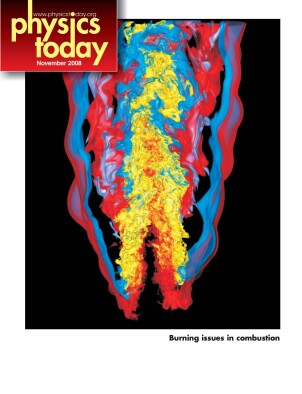Fleshing out the search for WIMPs
DOI: 10.1063/1.3027975
Bertram Schwarzschild’s story “A Bubble Chamber Brings New Capabilities to the Search for WIMPs” (Physics Today, April 2008, page 22
Achieving large active mass has simply required space and engineering of the instrumentation. The COUPP team, in achieving relatively long-term metastability of the refrigerant and long-time detector operation by rapid recompression, has succeeded not only in significantly reducing the space demand but in obtaining a sufficiently large exposure (active mass – active time) to provide new limits in the WIMP–proton coupling sector comparable with the KIMS experiment.
In contrast, the PICASSO group ran 8 devices throughout 2007 and has been running its full 32-device complement since January 2008; the SIMPLE group is similarly preparing a 30-device deployment. It is thus quite disappointing to find in the Physics Today story no mention of the current implementation of their superheated liquid capabilities or their already obtained results—which are prominently not adapted from the Science publication in the story’s figure. It’s as if the previous activity never existed.
References
1. T. A. Girard et al., Phys. Lett. B 621, 233 (2005), and references therein.https://doi.org/10.1016/j.physletb.2005.06.070
2. M. Barnabé-Heider et al., Phys. Lett. B 624, 186 (2005), and references therein.https://doi.org/10.1016/j.physletb.2005.08.021
More about the Authors
T. A. Girard. (criodets@cii.fc.ul.pt) University of Lisbon, Lisbon, Portugal .




